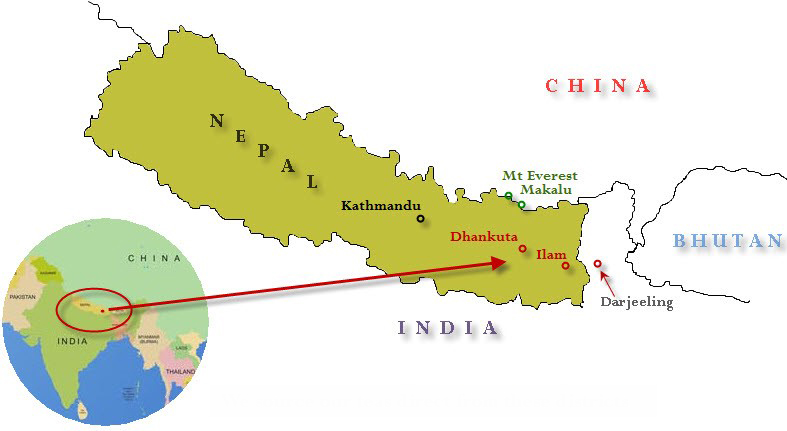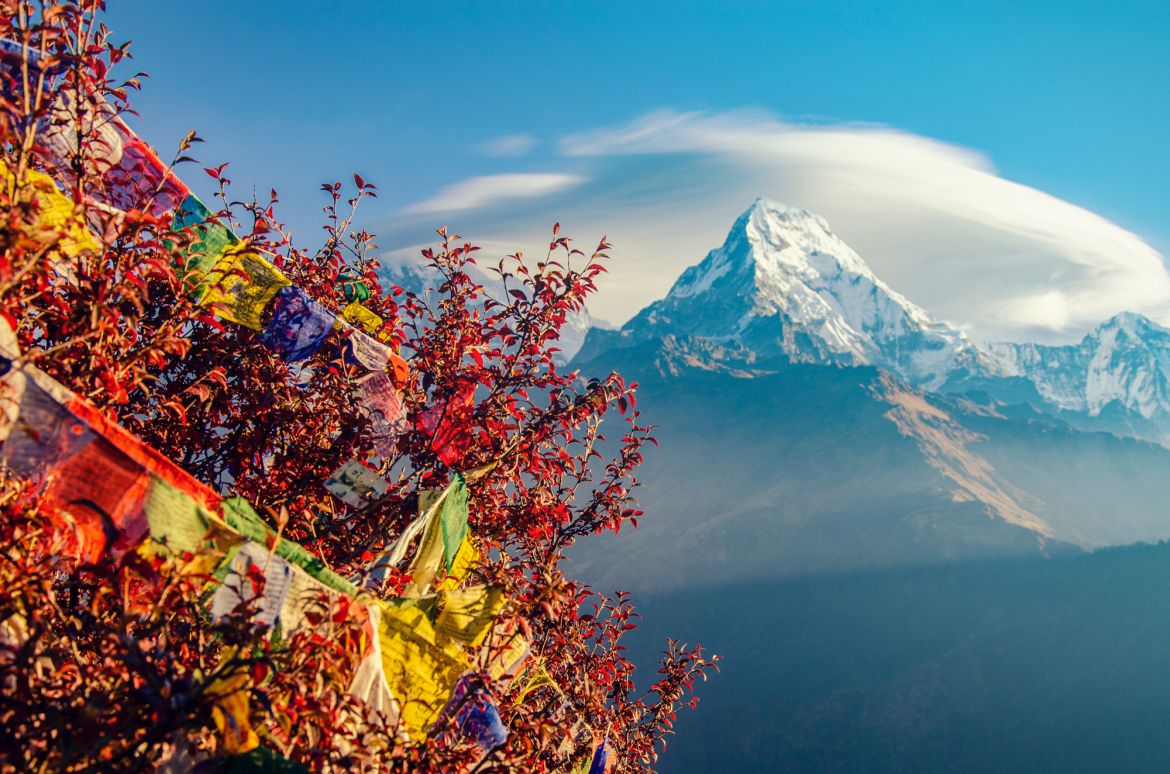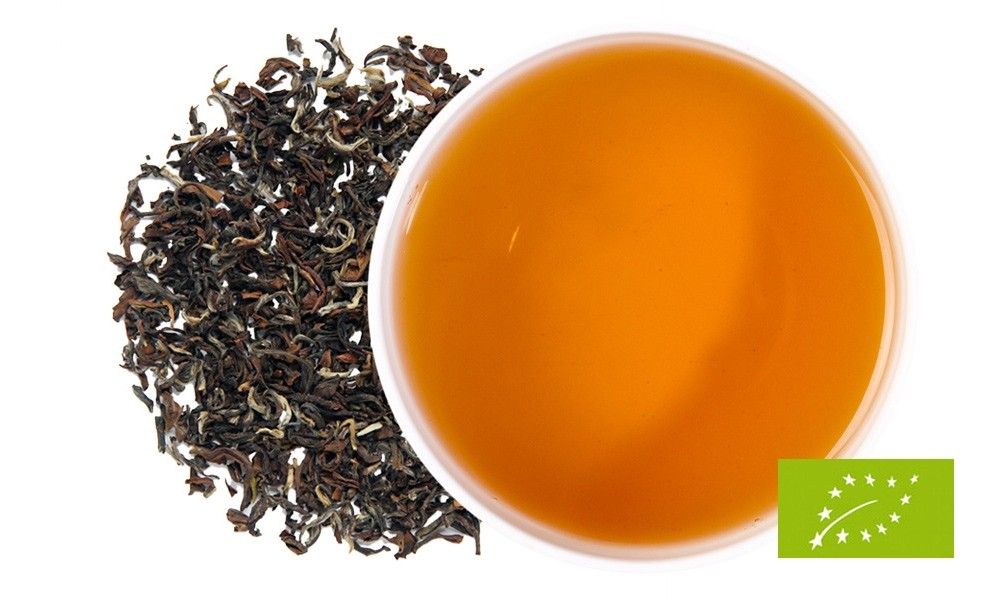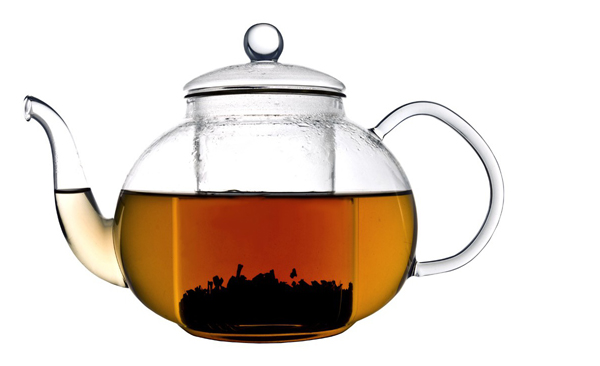Discover Nepalese Tea
What is Nepalese Tea?
Nepalese tea is very similar to the favourite Darjeeling, but it has its own unique story. The similarities between Nepal and Darjeeling are primarily geographical and topographical. The high altitudes and mountainous terrain allow for distinctive air quality and temperatures as well as mineral richness which contributes to its unique character. Most, if not all Nepalese teas are grown in either family-run tea gardens and smallholding or private estates for similar reasons, making it a slightly rarer and finer tea.

Climate Impacts Flavour
Given the topography of Nepal - the mountainous terrain, lush greenery, extreme monsoon, tropical and snowy seasons, Nepalese tea plants (Camellia sinensis) go into hibernation mode during the winter months. New shoots appear in early spring and are first picked in April. Tea harvested during this period is known as First Flush and is one of the most sought after teas if you like a pale golden cup with a delicate but deep intense flavour. The Second Flush, harvested in May and June creates a more mature cup with a fuller more rounded body and a hint of fruitiness. Between July and September, the monsoon rain arrives and drenches the entire region. As a result, the tea harvested has higher water content and offers a darker cup and is much stronger in flavour but has less character.
In general, Nepalese black teas are considered aromatic with complex flavours that mimic nuances of green tea. With all the excellent characteristics of black tea, you can expect a hint of spice similar to clove with an overall finish that is bright, well-balanced and full of flavour.

Nepalese Tea - a Potted History
The first orthodox tea produced in Nepal was back in the late 1800s during the Rana Dynasty - an autocracy that shielded the region from western influence, namely the British Empire. Its orthodox methods of producing tea continued without the benefits of modernisation and economic development seen by India. However, in 1973 Colonel Gajraj Singh Thapa tasted the tea from Darjeeling and was so impressed with its unique quality and flavour that he commissioned the cultivation and production of two tea plantations in Nepal, which were the first of their kind in the region.
Nepal Guranse
Our Organic Nepal Guranse SFTGFOP1 black tea originates from the Dhankuta Hills in Eastern Nepal. One of the highest tea gardens in the world the tea grown produces only premium orthodox organic loose-leaf teas. This unique black tea is highly aromatic with a unique high-altitude character. Grown at approximately 2,000 meters above sea level at the foot of Mount Everest it is harvested in the summer. It encapsulates the best aspects of Nepalese tea which are refreshing and slightly floral in an amber cup. Fun Fact! ‘Guranse’ is the Nepalese word for rhododendron, the national flower of Nepal so symbolic of the region.
'GURANSE' is the Nepalese word for rhododendron, the national flower of Nepal which is very symbolic of the region.
 Nepal Himalayan (First Flush) Orange Jun Chiyabari
Nepal Himalayan (First Flush) Orange Jun ChiyabariOur Nepal Himalayan First Flush Orange Jun Chiyabari is a very fine hand-rolled loose leaf tea from one of the most unusual growing regions in the world. It deserves special attention for its unique aromatic taste and impresses with a powerful spice that is free from any bitterness. Our Nepal Himalayan has a pleasant mild-sweet accent and combines the typical characteristics of Himalayan tea with the delicate nuances of an oolong tea.
How to Brew Nepalese Tea?
At Cup of Tea, we have made millions of cups of tea, and we’re still discovering new types of loose leaf teas and how to brew them to perfection. Many factors can contribute to the overall flavour, aroma and balance of the tea. Things like PH balance of the water, is it filtered or not, what additions you may add such as milk or sugar, and even the tea leaf origin can impact the flavour.
Method
• Boil freshly poured cold filtered water
• Place the loose tea leaves in a tea strainer/teapot
• Pour the freshly boiled water (100 ° C) over the leaves
• Steep the tea for approx. 3-4 minutes (all our teas come with brewing instructions, and we always use a timer)
• Strain the tea or discard the leaves
• Add a slice of lemon, honey or dash of milk
• Sit back and enjoy! Choosing the Right Teapot
Choosing the Right TeapotNow that you know a little bit more about Nepalese tea, choosing the right tea pot is next on the agenda. If the brewing process of loose leaf tea and the colour of your cup is as important to you as it is to us, then our Verona glass teapots are for you! Dispelling myths of fragility these high-quality teapots can take the heat. Single-walled with glass strainer and lid, they are also dishwasher safe and come in two sizes. If you are trying Nepalese Teas for the first time, the colour of the brew will be a great indicator of when the tea leaves were picked, and you’ll know from the tone whether it was in spring, summer or autumn.
- 12th April 2019












 EARN POINTS WITH OUR LOYALTY SCHEME
EARN POINTS WITH OUR LOYALTY SCHEME